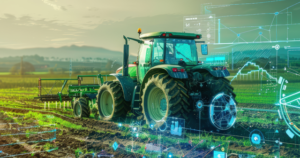4 Ways Digital Farm Technology is Transforming the Ag Industry
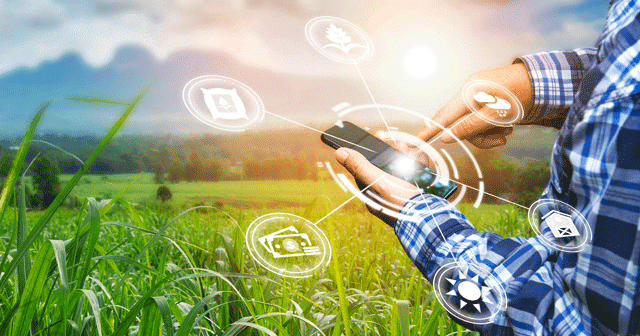
In reality, the success of any industry can essentially be boiled down to two fundamental processes: an efficient production of goods, and a strong connection to a market in order to sell those goods to customers. The Ag industry is no different. Agribusinesses today are continually looking for ways to help their customers improve crop yields and stay connected to in an ever-changing market – no easy task!
Thankfully, advancements in technology have proven instrumental for those who have been quick to adopt digital farm technology in their business. By implementing tools such as DTN ClearAg, agribusinesses have been able to benefit from meteorological expertise, state-of-the-science land and surface agronomic modeling, and adaptive data collection and processing to optimize their customers farm’s productivity and remain profitable.
Take a look below at 4 ways digital farm technology is transforming the Ag industry today and why these technologies will become increasingly important for the world’s farmers — and for all people — in the years to come.
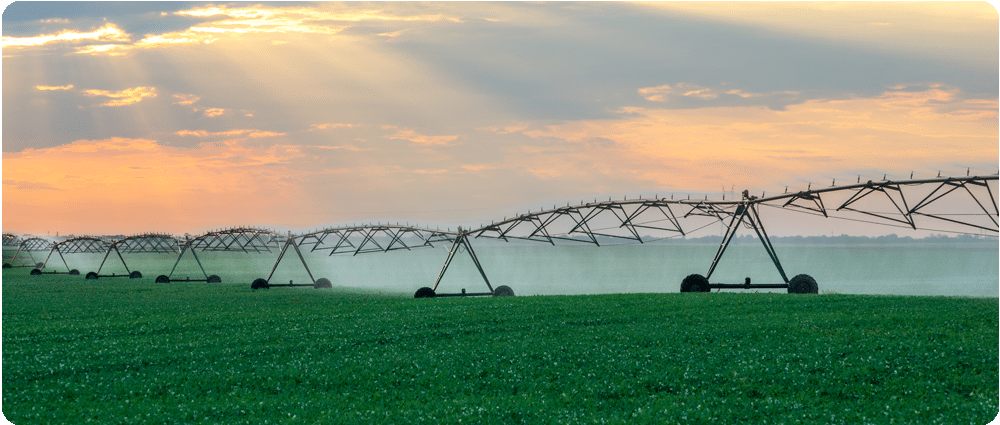
1. Improved irrigation strategies
Of course, crops need water, a fact the farmers in South America who were affected by drought understand all too well. However, too much water can also be an issue by suffocating crops and stunting their growth. As a result, finding the balance between not enough and too much water is the real challenge.
Technologies can help you accurately monitor soil moisture levels in your fields, giving you the opportunity to adjust and automate your irrigation strategy and increase efficiency. This technology will not only provide you with a general idea of soil moisture, but sensors also indicate the location of these moisture levels within precise areas of the field. Therefore, you can respond accordingly and provide water to only the areas that need it.
2. Accurate weather prediction and forecasts
Increased drought, heat waves, tornadoes, and hurricanes are just a few types of weather events that have wreaked havoc on the agricultural industry around the world in recent years. By relying on accurate weather prediction and forecasts, you can become better equipped to protect your crops from various types of extreme weather events and improve crop yields.
The key here isn’t simply using reliable weather data but also having access to localized weather data. Knowing about a storm that will hit 25 miles away from your farm isn’t going to be helpful for you and your business. Using a customized crop weather forecast based on your specific location provides you with the relevant information and data to your operations. .
Having access to precise, real-time sun and soil reports can give you an edge against the unexpected and a chance to prepare your crops for the best results and a chance at an improved crop yield.
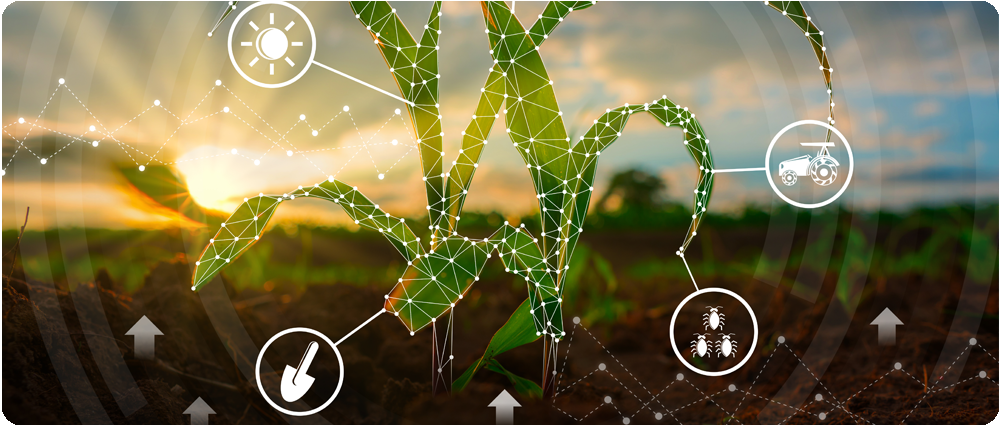
3. Targeted application of fertilizers and pesticides
Just like water application, fertilizers also play a vital role in soil and crop health. Minerals such as nitrogen, phosphorus, and potassium are necessary to strengthen the plants and promote growth, but too much can lead to problems and decreased soil fertility.
Using technology to measure the soil health of individual field zones accurately enables you to maintain an optimum balance of nutrients and promote soil and crop health on a more detailed level. Of course, when you can keep the soil and plants healthy, you can enjoy higher crop yields as a result.
4. A more streamlined market connection
While “from farm to table” initiatives have gained popularity in recent years, the agricultural supply chain is larger than many realize. Farmers need to source equipment and machinery, competent workers, and customers to buy their products before their food can make it into the world’s kitchens.
Many e-businesses have started around the globe to meet those supply chain needs – connecting you with the tools needed to succeed and ensuring that food products can make it into the hands of the end customer. Some of these businesses use advanced software and online platforms to move fresh produce more efficiently, reducing waste in the supply chain, and ensuring farmers connect promptly to grocery and restaurant retailers looking to purchase their products.
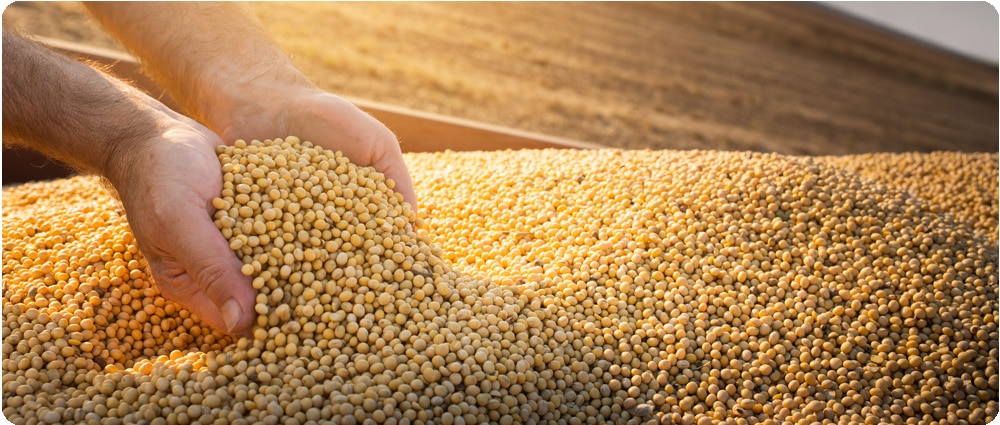
The role of digital farm technology in the future of food security
With the world’s population at over 7.5 billion and steadily increasing, the world’s need for food is only going to continue to grow. It is estimated that there will be nearly 10 billion people by 2050, meaning there will be an urgent need for a substantial increase in the food supply.
Also, climate change continues to threaten the world’s food supply. In fact, scientists are predicting a decline in croplands for some of the planet’s top commodities, an event that will cause increased strain on the industry.
Clearly, implementing digital farm technology and precision strategies that improve crop yields and soil health is important to help you remain profitable. These same technologies also help to keep up in feeding the world’s increasing population, despite facing less than ideal growing conditions.
It’s time for you to help your customers improve crop yields on their farms
It is impossible to deny – digital farm technology is transforming the Ag industry, and it is the way of the future. Using technology with agronomic insights is the only way to move forward. Digital farm technology empowers you to optimize decision-making, create better products, grow revenue, and manage risk with confidence.
DTN ClearAg leverages large amounts of raw data to provide your customers with global analysis using end-to-end, proprietary weather forecasting and localized modeling. Don’t get left in the past – see how you can benefit from this technology today! Get in touch to learn more about how you can put it to work for you.











 Comprehensive weather insights help safeguard your operations and drive confident decisions to make everyday mining operations as safe and efficient as possible.
Comprehensive weather insights help safeguard your operations and drive confident decisions to make everyday mining operations as safe and efficient as possible.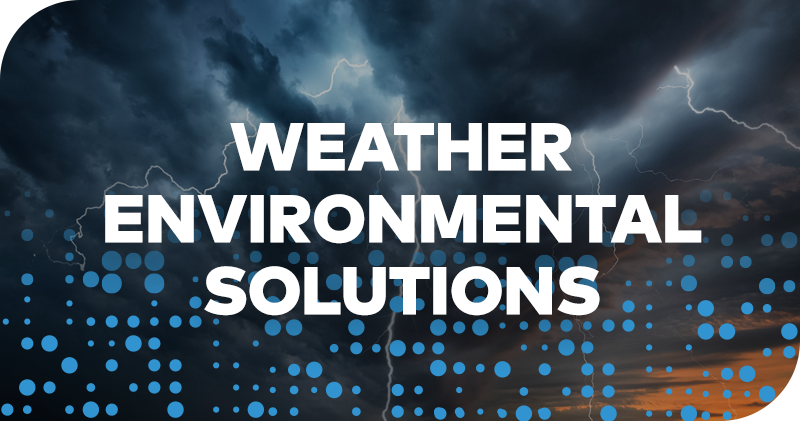 Learn how to optimize operations with credible weather and environmental intelligence. From aviation safety to environmental compliance, our comprehensive suite of solutions delivers real-time insights, advanced forecasting, and precise monitoring capabilities.
Learn how to optimize operations with credible weather and environmental intelligence. From aviation safety to environmental compliance, our comprehensive suite of solutions delivers real-time insights, advanced forecasting, and precise monitoring capabilities. 
